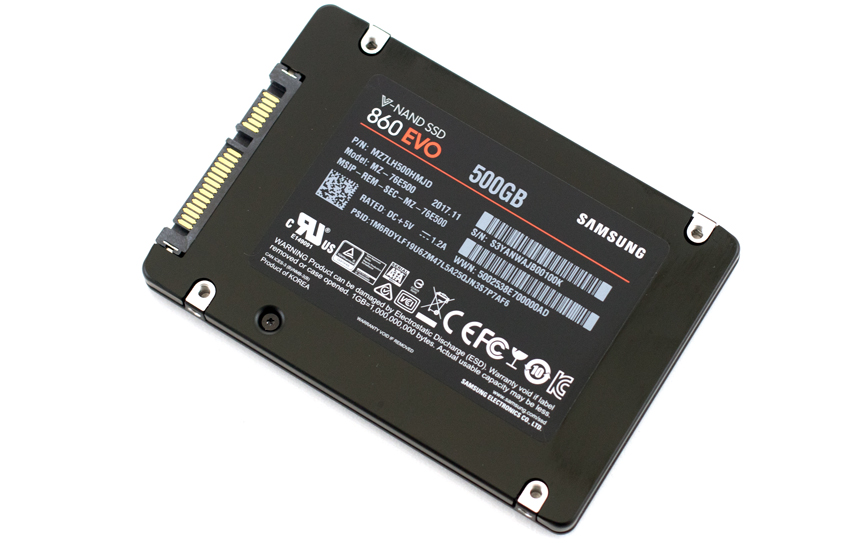By default, Nextcloud only accept small upload filesize.
This is due the configuration of php.ini in Apache, and the settings in Nextcloud itself.
By the way? Have you already update your php to version 7? Read here how to do this: Nextcloud update php5.6 to php7.0
In this example we use a new maximum file size of 200 GB. We change the php.ini as follow:
- Open php.ini by your favorite editor, for example ‘nano’.
sudo nano /etc/php*/apache2/php.ini - Find upload_max_filesize and change it to 200 GB (along with post_max_size)
- Save the file
- Restart apache
sudo service apache2 restart - Edit admin settings in NC to reflect php.ini





